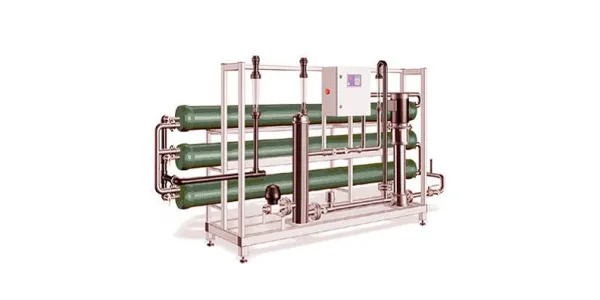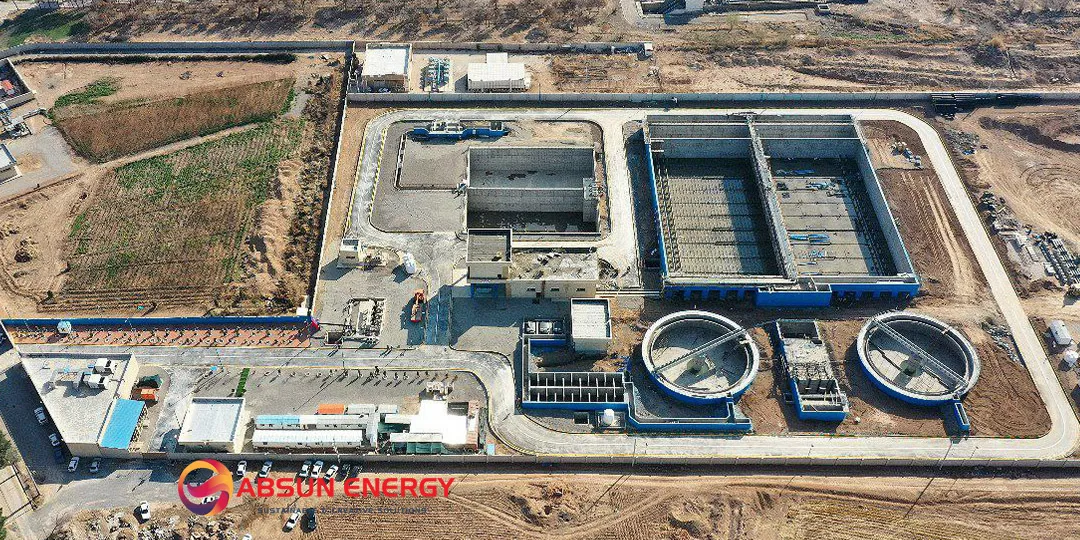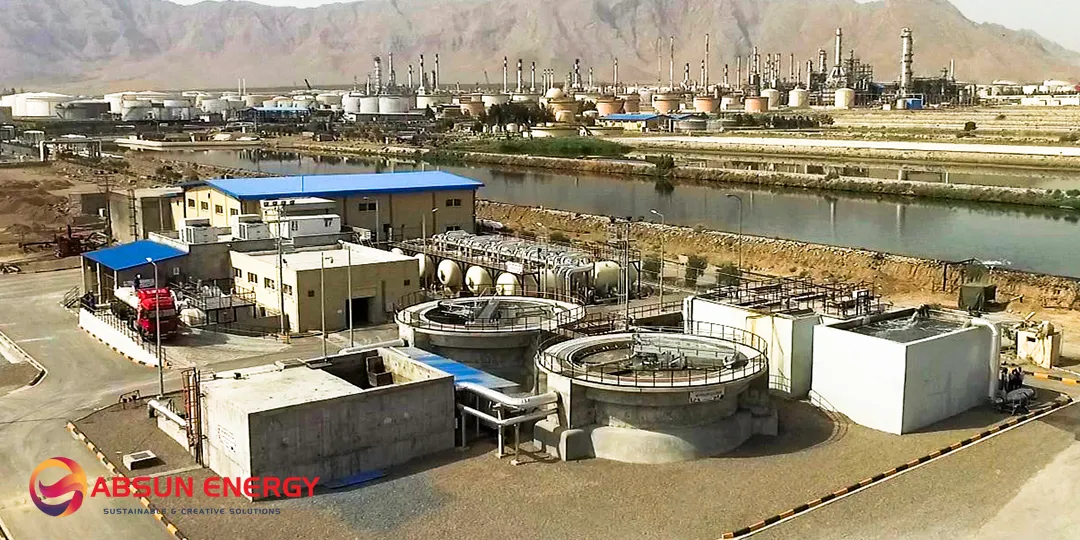In reverse osmosis systems with a helical arrangement, the length of the cylindrical pressure container or module containing the supporting elements, sometimes called the retaining shell, is the variable that has the greatest impact on the design of other system components. The design of the module has a direct effect on the design of the metal structure of the system, the hydraulic flow in the system and the design of the high pressure pumps of the system.
To choose the length of the module, it is necessary to know the specifications of the space considered for installing the system. There should be enough space at both ends of the modules to install and replace elements.
Otherwise, when the elements need to be replaced, the whole module will have to be moved to another place. Therefore, a minimum distance of 5 feet from each side of the module is recommended. This factor probably affects the length of the module used for the system.
From an economic point of view, it is economical to use the longest element housing as much as possible, because in this case, their number is minimized. However, due to the delicacy in the work, for small reverse osmosis systems, a larger number of element chambers and a shorter length are used.
For example, three supporting shells (modules) with a length of 80 inches will have a more beautiful image than a module with a length of 240 inches. It is also easier to transport and occupies less space for installation.
Element housings are designed to operate at specific pressures. In water treatment applications, a very strong metal frame is needed, and if a steel module is used, it should be made of stainless steel (316L) to have sufficient resistance against the high concentration of chloride ions in seawater.
The manufacturers of the modules make them in such a way that they can withstand a pressure equivalent to 6 times the normal working pressure. Each shell is checked at 1.5 times the working pressure.
One of the advantages of high pressure stainless steel element enclosures is that in terms of the construction frame, they are able to have entrances and exits from the side. The inlet and outlet pipes of the highway can be connected to the sides of the element housing. But this cannot be done when the module is made of fiberglass. Because it has a negative effect on the resistance of the entire module.
In fiberglass modules, the input and output paths are usually connected to the two ends of the module. In these connections, when you need to replace the elements, you must first open the connections at both ends.
Fiberglass shells are also corrosion resistant.
One of the advantages of using stainless steel pressurized element enclosure is the rigidity of the RO holding frame.
For low-pressure applications, stainless steel open-end element housings are generally more expensive than fiberglass. For the RO system with spiral membrane elements with a diameter of 2 inches, the cheapest container available is polyvinyl chloride (PVC) modules.





